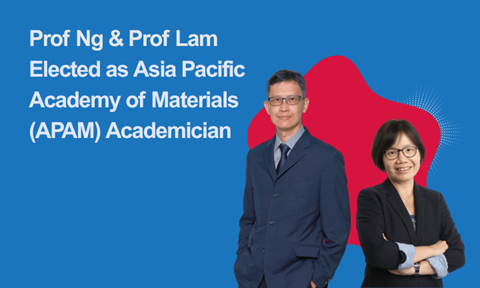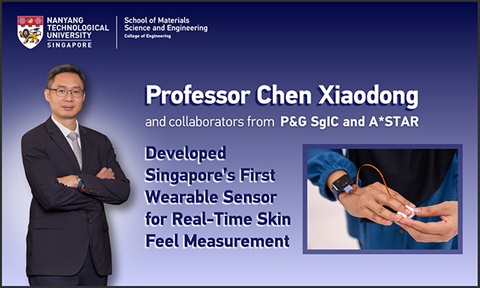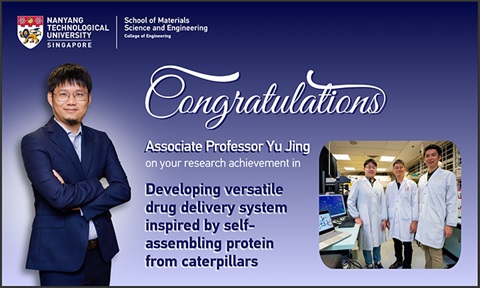High entropy materials made up of dissimilar elements have enormous potentials in various fields and applications such as catalysis, energy generation and bioengineering. Developments of facile rapid synthesis routes toward functional multicomponent
nanoparticles (NPs) of metals and ceramics with control of single/mixed crystalline structure configurations as well as understanding their transformative behaviors to enable unexpected properties, however, has remained challenging. Here a transient
laser heating strategy to generate high entropy metal alloy, oxide, and nitride nanoparticles (HE-A/O/N NPs) is described. Laser irradiation of the identical metal salt mixture under different millisecond heating times provides direct control
of cooling rates and thereby results in HEA NPs with tunable single- and multiphasic solid solution characteristics, atomic compositions, nanoparticle morphologies, and physicochemical properties. Extending the elemental selection to nitride-forming
precursors enables laser-induced carbothermal reduction and nitridation of high entropy tetragonal rutile oxide nanoparticles to the cubic rock salt nitride phase. The combination of laser heating with spatially resolved X-ray diffraction facilitates
combinatorial studies of phase transitions and reaction pathways of multicomponent nanoparticles. These findings provide a general strategy to design nonequilibrium multicomponent metal alloys and ceramic materials amalgamations for fundamental
studies and practical applications such as carbon nanotube growth, water splitting, and antimicrobial applications. (DOI:
https://doi.org/10.1002/adfm.202211279)
Firmly established as a top-tier materials science journal, Advanced Functional Materials reports breakthrough research in all aspects of materials science, including nanotechnology, chemistry, physics, and biology every week. Advanced Functional
Materials is known for its rapid and fair peer review, quality content, and high impact, making it the first choice of the international materials science community. According to the Journal Citation Reports (Clarivate Analytics, 2022),
the journal has a 2021 impact factor of 19.924.
"Ultrafast Crystallization of Ordered Mesoporous Metal Oxides and Carbon from Block Copolymer Self-Assembly and Joule Heating"
(published in Advanced Materials Interfaces)
Abstract
Conventional heat treatments to generate well-ordered and crystalline mesoporous oxide and carbon structures are limited by long durations and annealing temperatures that can cause mesostructural collapse. This paper describes a facile strategy
coupling block copolymer-directed self-assembly with high-power Joule heating to form highly crystalline and well-ordered mesoporous oxide and carbon nanostructures within second timeframes. The combined approach is compatible with various
functional self-assembled hybrid systems with a range of crystallization temperatures, generating mesoporous composites of γ-Al
2O
3-carbon, γ-Al
2O
3/MgO-carbon, and anatase-TiO
2-carbon
with p6mm symmetry, non-close-packed mesoporous carbon, as well as hierarchical mesoporous α-Fe
2O
3-carbon structures. Removing the polymer/carbon gives well-defined, highly crystalline mesoporous all-γ-Al
2O
3 and all-anatase-TiO
2 structures. Impregnation of chloroplatinic acid followed by Joule heating yields platinum nanoparticles decorated on the channel walls of mesoporous γ-Al
2O
3-carbon structures. The
resultant Joule-heating-induced well-ordered crystalline mesoporous oxide and oxide-carbon structures have high thermal and structural stabilities and exhibit better performances in CO
2 adsorption capacity and lithium-ion batteries
than conventional heat-treated counterparts. This approach represents an energy-efficient and time-saving route toward ordered porous materials with high surface area and pore accessibility for a wide range of environmental applications such
as carbon sequestration, renewable energy storage, and environmental filtration. (DOI:
https://doi.org/10.1002/admi.202200151)
About Advanced Materials Interfaces
Advanced Materials Interfaces publishes applied, top-level research on functional interfaces and surfaces and their specific applications, driving forward our understanding of interfacial processes. Considering that interfaces between
solids, liquids, and gases play an essential role in virtually all materials and devices, the journal's scope encourages an interdisciplinary blend of physics, chemistry, materials science, and life sciences. According to the Journal Citation
Reports (Clarivate Analytics, 2022), the journal has a 2021 impact factor of 6.389.
"Fabrication of PtIrPd Noble Metal Medium Entropy Alloy Thin Film by Atomic Layer Deposition"
(Co-authored with Assoc Prof Alfred Tok; published in Advanced Engineering Materials)
Abstract
Noble metal medium entropy alloy (MEA) thin films have recently attracted enormous research interests recently because of their great potential in the catalytic application. However, conventional bottom-up fabrication methods for MEA thin film
such as magnetron sputtering face enormous challenges including precise control over film thickness and consumption of costly high-purity noble metal targets. Herein, a facile and tunable approach is developed coupling sequential atomic layer
deposition (ALD) of noble metal layers with electric Joule heating (EJH) alloying process to grow platinum-iridium-palladium (PtIrPd) MEA thin films. The PtIrPd MEA thin film with a thickness of ≈20 nm and an atomic ratio of 35:35:30
is successfully fabricated. The effect of EJH processing temperature on the film morphology and structure evolution is investigated. ALD provides flexibility in the metal deposition sequence with meticulous thickness control and atomic composition
precision, while the ultrafast EJH ramping/cooling rates promote homogeneous alloying of MEA combinations inhibiting phase separation. Furthermore, the integrated method circumvents a major obstacle of finding a common ALD temperature window
for different noble metal precursors as well as opens new pathways for the controllable synthesis of multicomponent metal alloy thin films with potential catalytic, magnetic, and optical properties. (DOI:
https://doi.org/10.1002/adem.202201263)
About Advanced Engineering Materials
Advanced Engineering Materials focuses on all the latest breakthroughs in engineering materials. The journal covers a variety of key topics, such as composites, ceramics, intermetallics, and coatings, and also high-temperature, cellular,
and biomedical materials, as well as innovative manufacturing techniques. According to the Journal Citation Reports (Clarivate Analytics, 2022), the journal has a 2021 impact factor of 4.122.







.tmb-listing.jpg?Culture=en&sfvrsn=3f725dd6_1)
